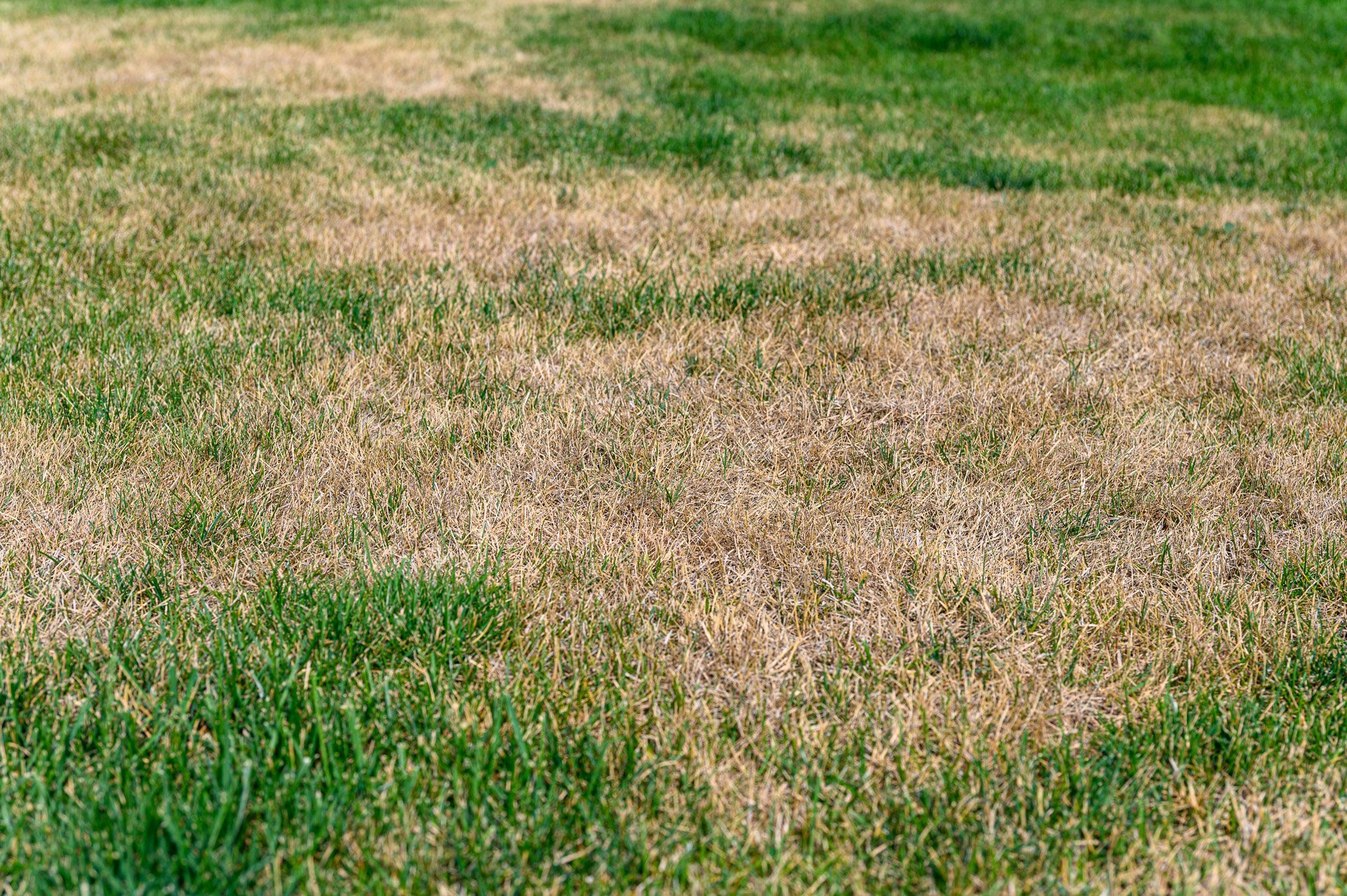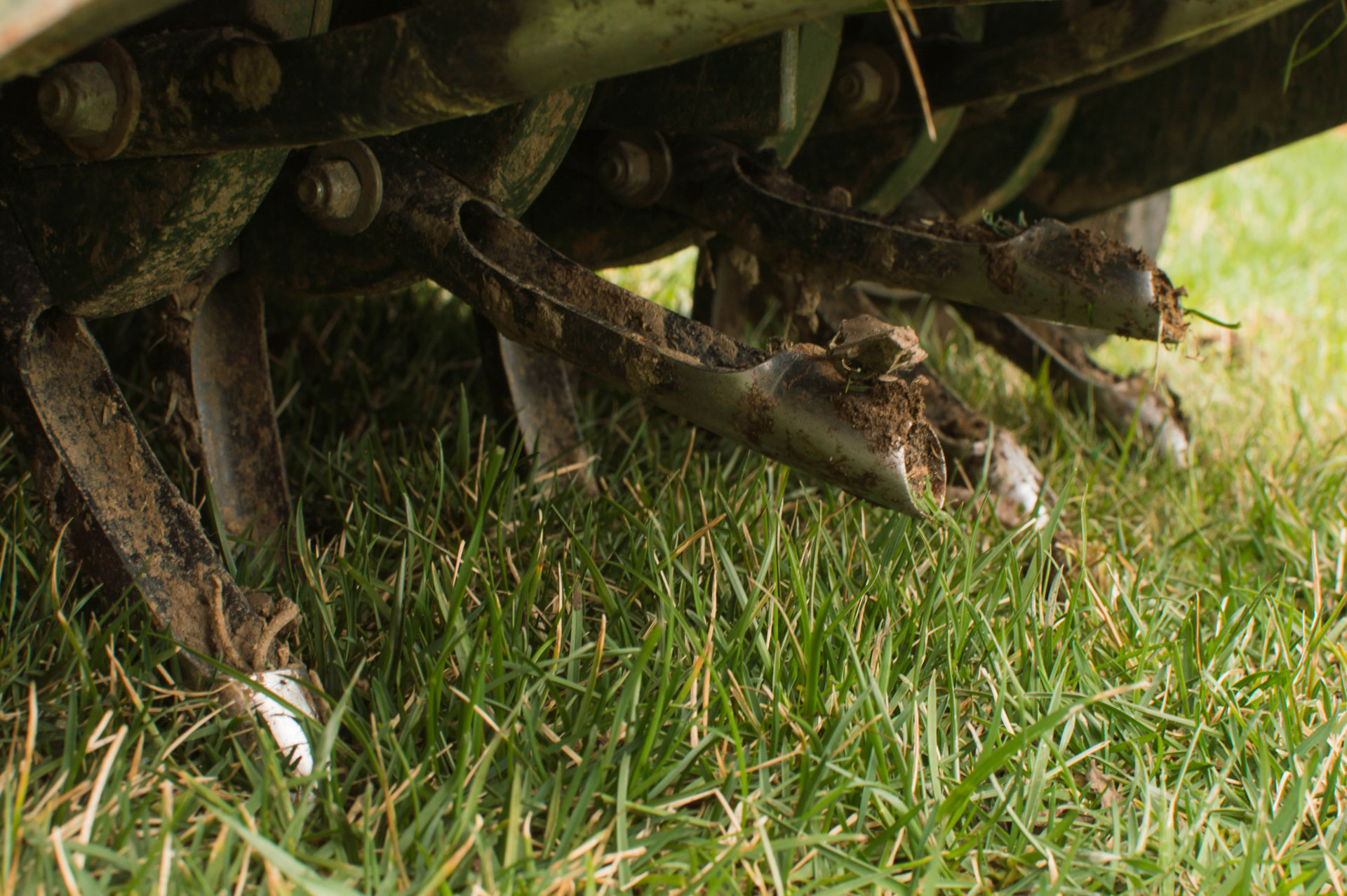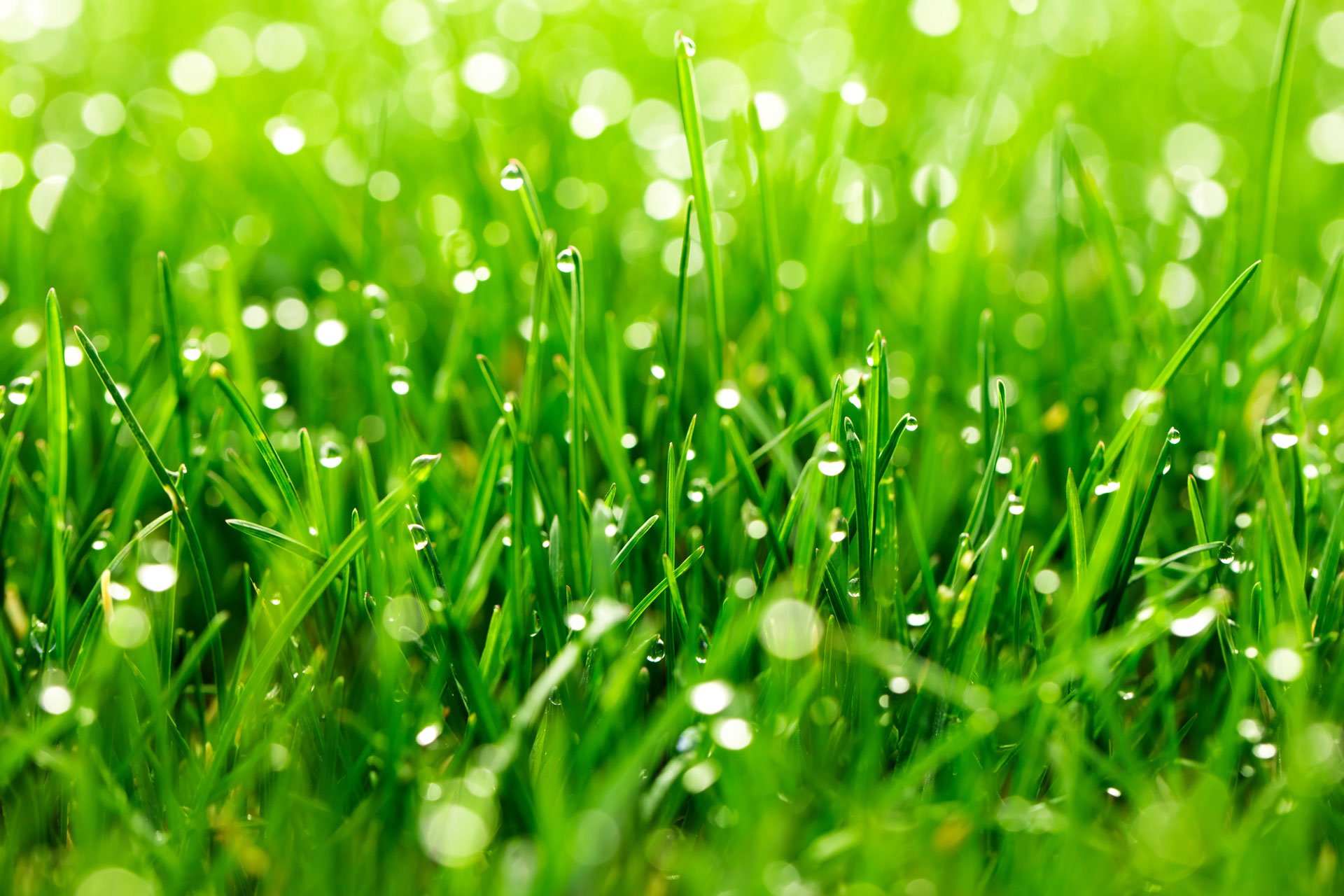10 Ways to Repair a Dry Lawn and Restore Your Green Oasis

Is your once-lush lawn looking more like a brown desert than a green oasis? You're not alone. Extended hot weather can turn even the healthiest grass into a crispy, discolored mess. The good news is that most dry lawns can be revived with the right approach. Here are ten proven strategies to bring your lawn back to life.
1. Audit Your Sprinkler Coverage
The foundation of lawn health during hot weather is proper water distribution. Walk through your sprinkler zones while they're running and look for these common issues:
- Dry spots between sprinkler heads (indicating poor overlap)
- Sprinklers watering sidewalks or driveways instead of grass
- Blocked or tilted heads creating uneven coverage
- Brown patches that match your sprinkler pattern
Mark problem areas with flags or stakes so you can adjust head positions or add additional coverage where needed.
2. Adjust Your Watering Schedule for Deep Root Growth
Most homeowners make the mistake of watering too frequently for too short a time. This encourages shallow root systems that can't survive heat stress. Instead:
- Water 2-3 times per week for longer periods
- Aim for 1-1.5 inches of water per week (use tuna cans to measure)
- Water between 4 AM and 10 AM to minimize evaporation
- Increase watering time by 50% during extreme heat (above 95°F)
Deep, infrequent watering encourages roots to grow deeper where soil stays moist longer.
3. Perform the Screwdriver Test
Not sure if you're watering deeply enough? Here's a simple test: After watering, try pushing a screwdriver into your lawn. It should slide in easily to a depth of 6-8 inches. If you meet resistance before that depth, you need to water longer. This test helps you understand if water is actually reaching the root zone where it's needed most.
4. Raise Your Mower Height
Taller grass provides natural shade for soil and roots, reducing water evaporation and heat stress. During hot weather:
- Set mower blades to 3-4 inches (highest setting for most mowers)
- Never remove more than 1/3 of grass height in a single mowing
- Keep mower blades sharp to prevent tearing, which increases water loss
- Leave grass clippings on the lawn as natural mulch
Think of longer grass as nature's umbrella for your lawn's root system.
5. Apply a Summer Fertilizer
Stressed lawns need different nutrition than healthy ones. Look for a summer blend fertilizer with:
- Lower nitrogen content (to avoid burning)
- Higher potassium for stress tolerance
- Iron for color without excessive growth
- Slow-release formulation to prevent surge growth
Apply fertilizer in early morning when grass is damp with dew, then water thoroughly.
6. Consider Upgrading to a Smart Irrigation Controller
Modern smart controllers can reduce water waste by 20-40% while actually improving lawn health. These systems:
- Adjust watering based on local weather data
- Skip cycles when rain is detected
- Modify schedules based on seasonal evapotranspiration rates
- Send alerts about system issues to your phone
The investment typically pays for itself within 1-2 seasons through water savings.
7. Overseed Thin and Bare Areas
Dry conditions often reveal the weakest areas of your lawn. Plan for overseeding by:
- Choosing drought-tolerant grass varieties for Colorado
- Preparing bare spots by loosening soil and removing dead grass
- Keeping newly seeded areas consistently moist (may require hand watering)
- Timing overseeding for early fall when temperatures moderate
Dense grass coverage helps the entire lawn retain moisture better.
8. Check and Clean Your Sprinkler System Components
A neglected irrigation system can waste water while still leaving your lawn thirsty. Monthly maintenance should include:
- Cleaning filter screens in sprinkler heads
- Checking for leaks at connection points
- Ensuring pop-up heads fully extend and retract
- Replacing worn nozzles that mist rather than spray
- Verifying timer battery backup is working
Small issues compound quickly during periods of high water demand.
9. Create Hydrozones in Your Landscape
Different areas of your lawn have different water needs based on:
- Sun exposure (full sun vs. shaded areas)
- Slope (water runs off slopes faster)
- Soil type (clay holds water, sand drains quickly)
- Competition from tree roots
Adjust your irrigation zones to match these natural differences, giving each area exactly what it needs.
10. Apply Organic Matter to Improve Soil Health
Healthy soil retains moisture better and supports stronger grass. Improve your soil by:
- Top-dressing with a thin layer of compost (¼ inch)
- Using a core aerator to reduce compaction
- Adding soil amendments based on a soil test
- Building organic matter content over time
Better soil structure means better water retention and healthier grass.
When to Call in the Professionals
While these DIY strategies can dramatically improve your lawn's health, sometimes expert help makes sense. Consider professional assistance if:
- You notice your water bill increasing despite a dry lawn
- Multiple sprinkler heads aren't working properly
- You suspect underground leaks or electrical issues
- Your system needs major coverage redesign
- You want to upgrade to water-efficient equipment
A professional irrigation audit can identify issues you might miss and often pays for itself through water savings and prevented landscape damage. Schedule a time with an expert today!
Remember, recovering from drought stress takes time. Be patient and consistent with these improvements, and your lawn will reward you with healthy, resilient growth that better withstands future heat waves.

